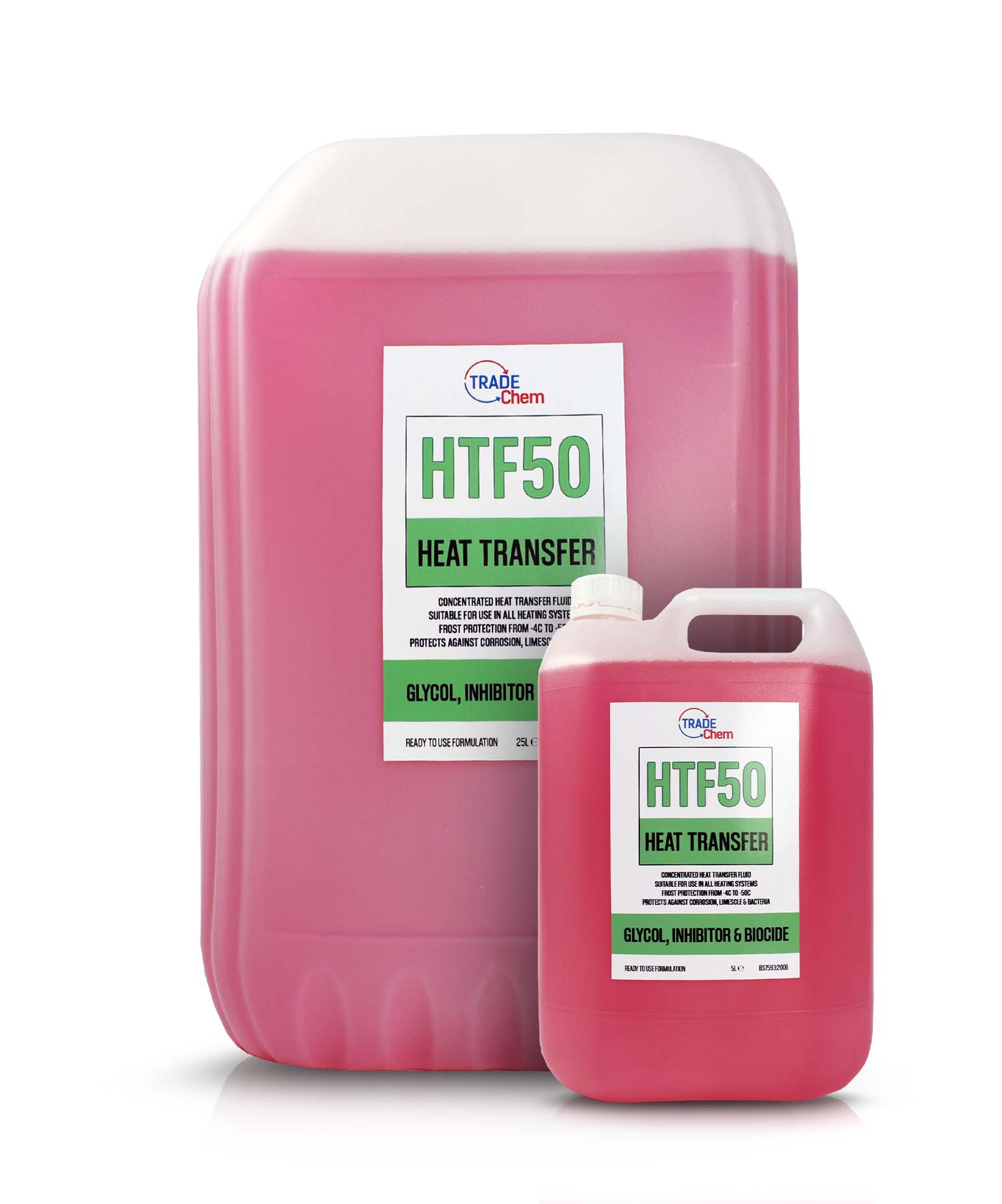Just How Heat Transfer Fluid Impacts the Effectiveness of A/c Equipments
Just How Heat Transfer Fluid Impacts the Effectiveness of A/c Equipments
Blog Article
Why Warmth Transfer Fluid Is Essential for Optimizing Power Transfer in Equipment
The role of warmth transfer liquids in maximizing energy transfer is crucial for accomplishing efficient thermal administration across numerous commercial industries. These liquids assist in smooth heat exchange, making sure processes run within optimum temperature level ranges and alleviating the risk of overheating. Their option, based upon factors like thickness and thermal security, straight influences the effectiveness and sustainability of a system. Nonetheless, the intricacies of picking the right fluid are often ignored. What are the crucial factors to consider for this option, and how do they affect both economic efficiency and environmental responsibility in industrial applications?

Function in Thermal Management
Heat transfer fluids play a crucial role in thermal administration by successfully controling temperature levels in different commercial processes and systems. These specialized fluids help with the transfer of warmth in between various parts, ensuring optimum operating problems and protecting against getting too hot. By keeping precise temperature level control, heat transfer liquids enable sectors such as chemical production, oil and gas, and power generation to run safely and successfully.
The option of a proper warm transfer fluid relies on a number of elements, including thermal security, warmth capability, and thickness. High thermal security makes certain that the liquid can hold up against severe temperatures without deteriorating, while a high warmth capacity allows it to soak up and release significant quantities of warmth - heat transfer fluid. Reduced viscosity reduces the power required for pumping, contributing to general system effectiveness
Additionally, warm transfer liquids are indispensable in applications like refrigeration, where they aid absorb and dissipate warm during the cooling cycle. In solar thermal power systems, these liquids capture and transportation solar warm to create electricity or offer hot water. Their flexibility to varied operating problems and capacity to keep consistent thermal efficiency highlight their significance in industrial thermal management, helping with functional continuity and improving precaution.

Enhancing System Effectiveness
To make the most of the benefits of thermal monitoring, improving system efficiency via the critical usage of warm transfer fluids is vital. By keeping optimum temperature level levels, heat transfer fluids help make sure that systems run within their designed specifications, consequently stopping getting too hot and decreasing the threat of element failing.

Sorts Of Warm Transfer Fluids
The variety of heat transfer fluids emphasizes their vital function in a range of industrial applications, each customized to satisfy particular thermal management needs. These fluids facilitate efficient energy transfer and are picked based upon essential residential or commercial properties such as thermal security, thickness, and warmth capability. The primary types consist of water, glycol remedies, oils, and synthetics, each offering distinctive advantages.
Water is the most typical heat transfer tool as a result of its high specific warm ability and reduced expense. However, its usage is restricted by its freezing and steaming points. Glycol mixtures, usually utilized in a/c systems, offer a reduced freezing point, including convenience in different climates. Mineral oils are preferred for their thermal security and non-corrosive nature, making them appropriate for high-temperature applications. look at this site

Synthetic liquids, consisting of silicone and fragrant substances, give remarkable thermal stability and are utilized in atmospheres demanding extreme temperature level ranges. These liquids make certain remarkable performance look at here in systems where standard liquids might fail. The choice of a warmth transfer liquid is essential, as it influences system effectiveness, safety, and longevity. Each kind should be picked to straighten with the operational needs and the specific problems of the application it serves.
Environmental and Economic Conveniences
Utilizing the best warm transfer liquids offers significant environmental and financial benefits for industrial operations. Environmentally friendly warm transfer fluids, commonly naturally degradable and safe, reduce the risk of dirt and water contamination in the occasion of leakages or spills, consequently securing ecological communities and abiding with rigid ecological laws.
Economically, the appropriate heat transfer fluid can significantly reduce functional expenses. Fluids with extensive lifecycle efficiency reduce the regularity of replacements and upkeep, decreasing downtime and associated prices. Overall, the critical usage of ideal warm transfer liquids sustains lasting financial development and environmental stewardship.
Picking the Right Liquid
Exactly how does one navigate the complex procedure of picking the ideal warmth transfer liquid for commercial applications? Choosing the appropriate liquid is vital, as it straight influences system performance, security, and functional prices. Secret considerations consist of thermal stability, compatibility with system products, and operating temperature level array. Thermal security guarantees the fluid can withstand high temperature levels without deteriorating, while compatibility protects against deterioration helpful site or various other damaging reactions with system elements. The operating temperature range have to line up with the system's demands to preserve performance and durability - heat transfer fluid.
Additionally, the fluid's heat capacity and viscosity are extremely important. A high warm capability allows the liquid to soak up and transfer even more energy, improving performance.
Conclusion
The strategic option and application of warm transfer fluids are fundamental to enhancing energy transfer throughout different systems. By making sure high thermal stability and capability, these liquids give precise temperature control and enhance overall system effectiveness.
Report this page